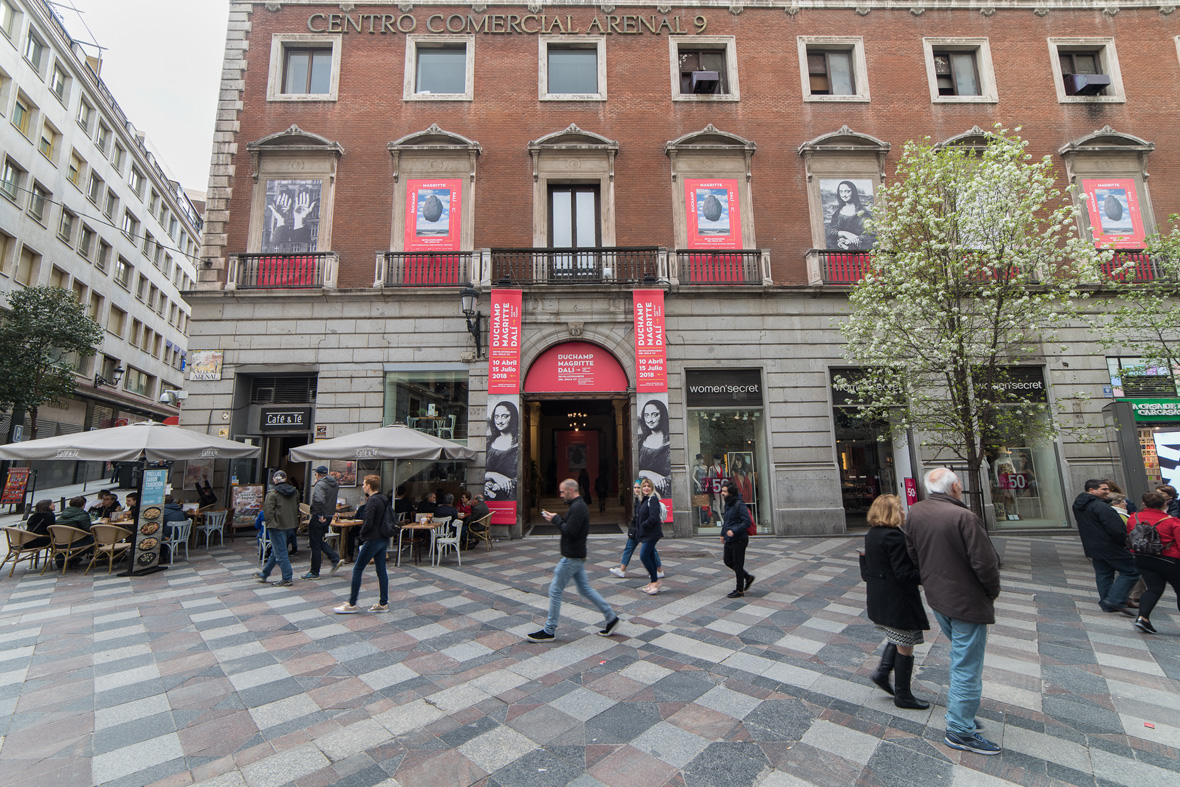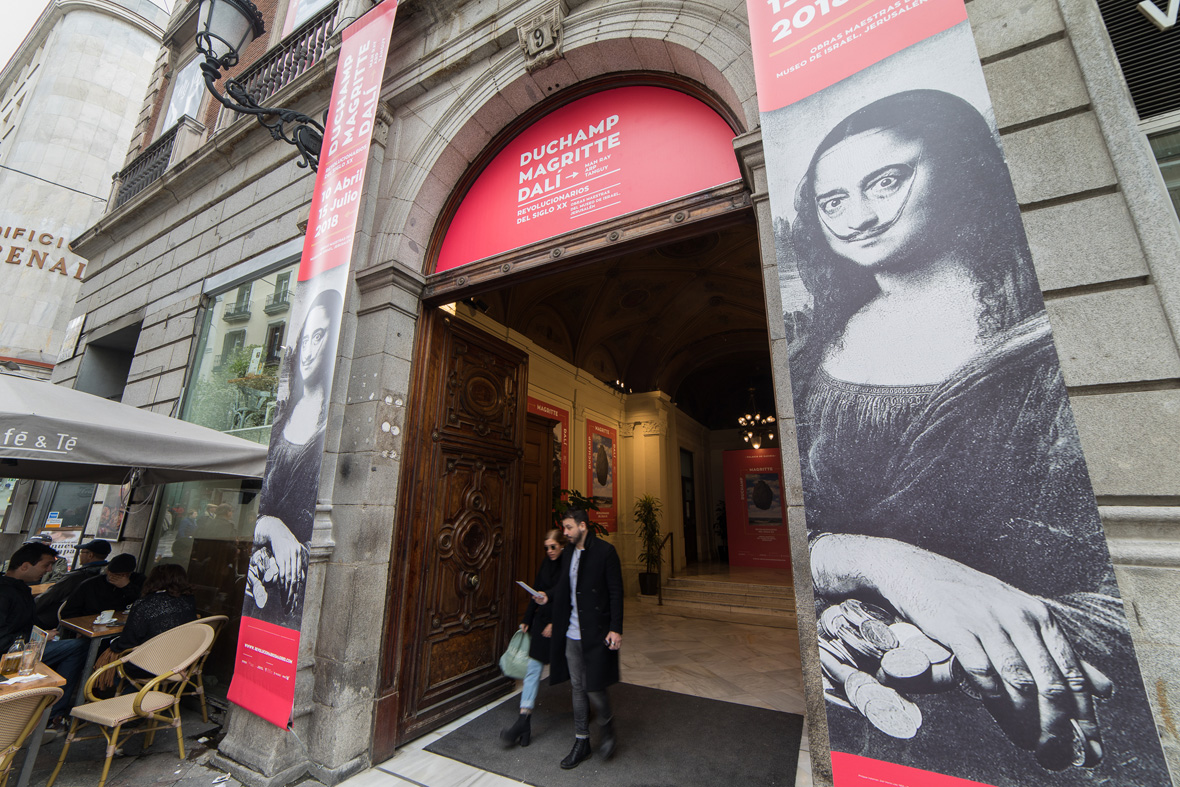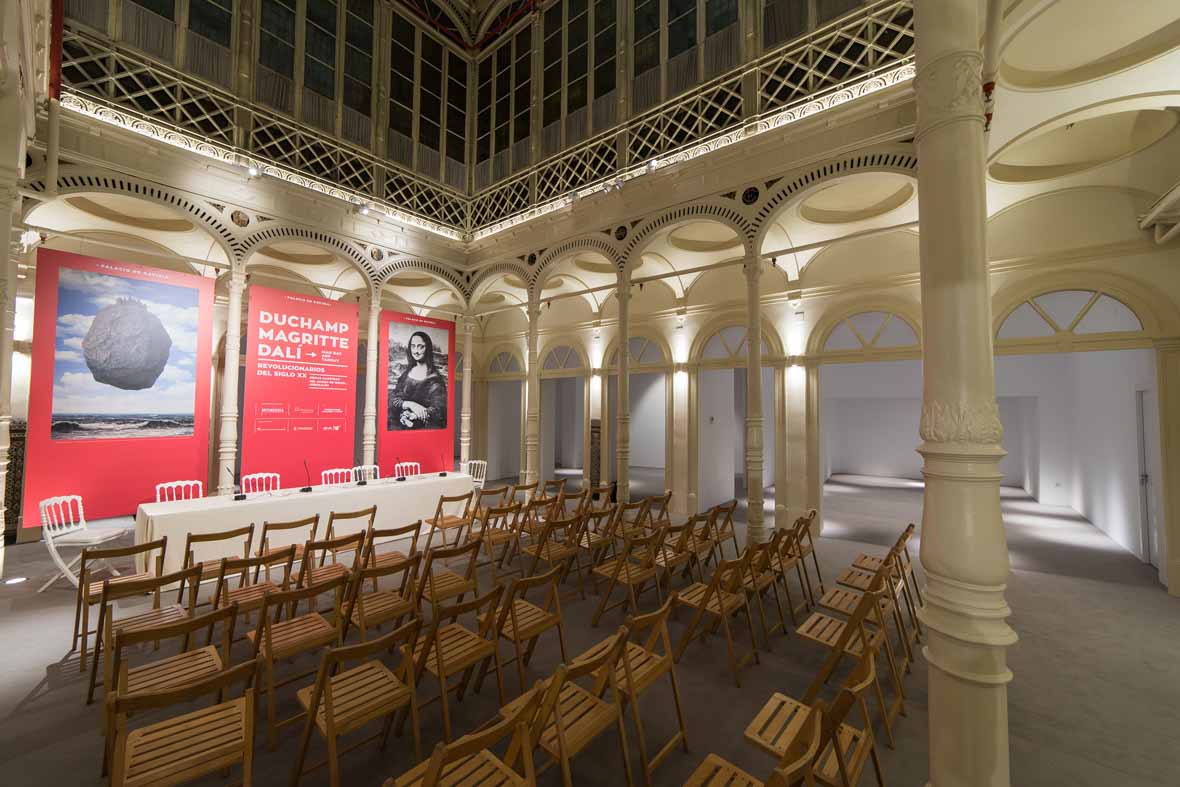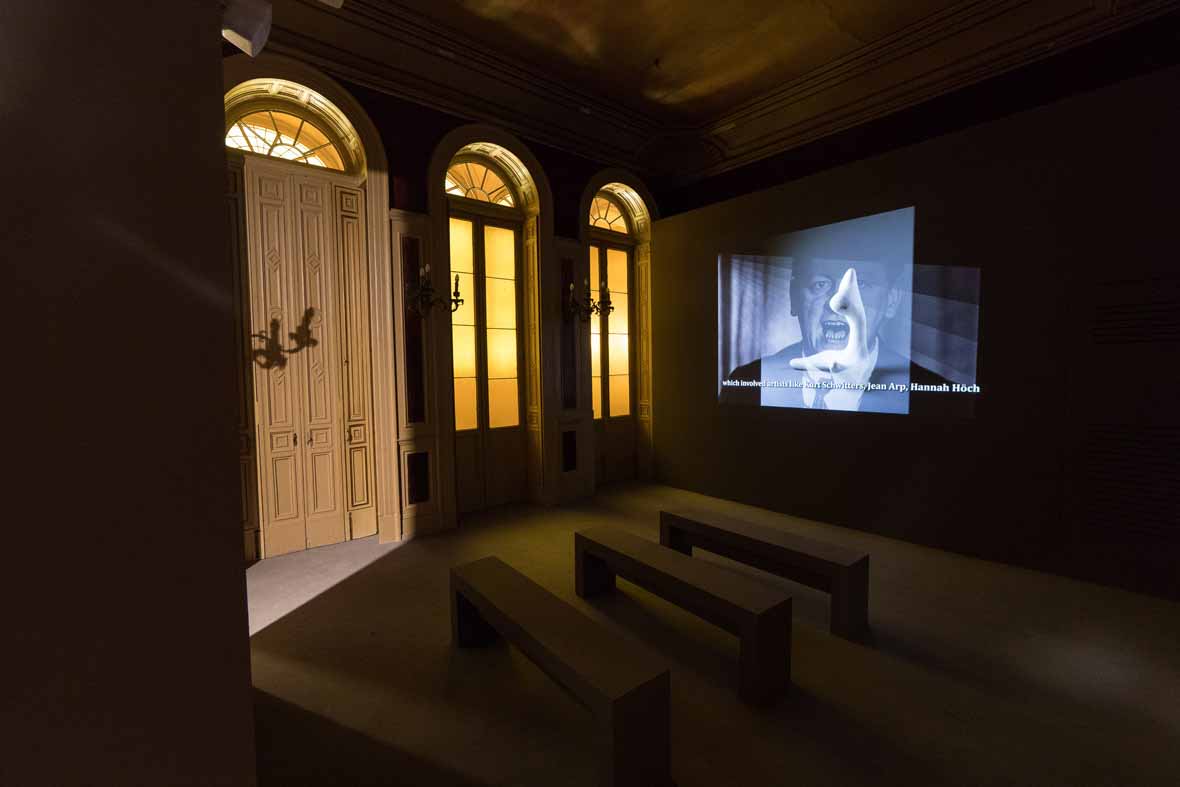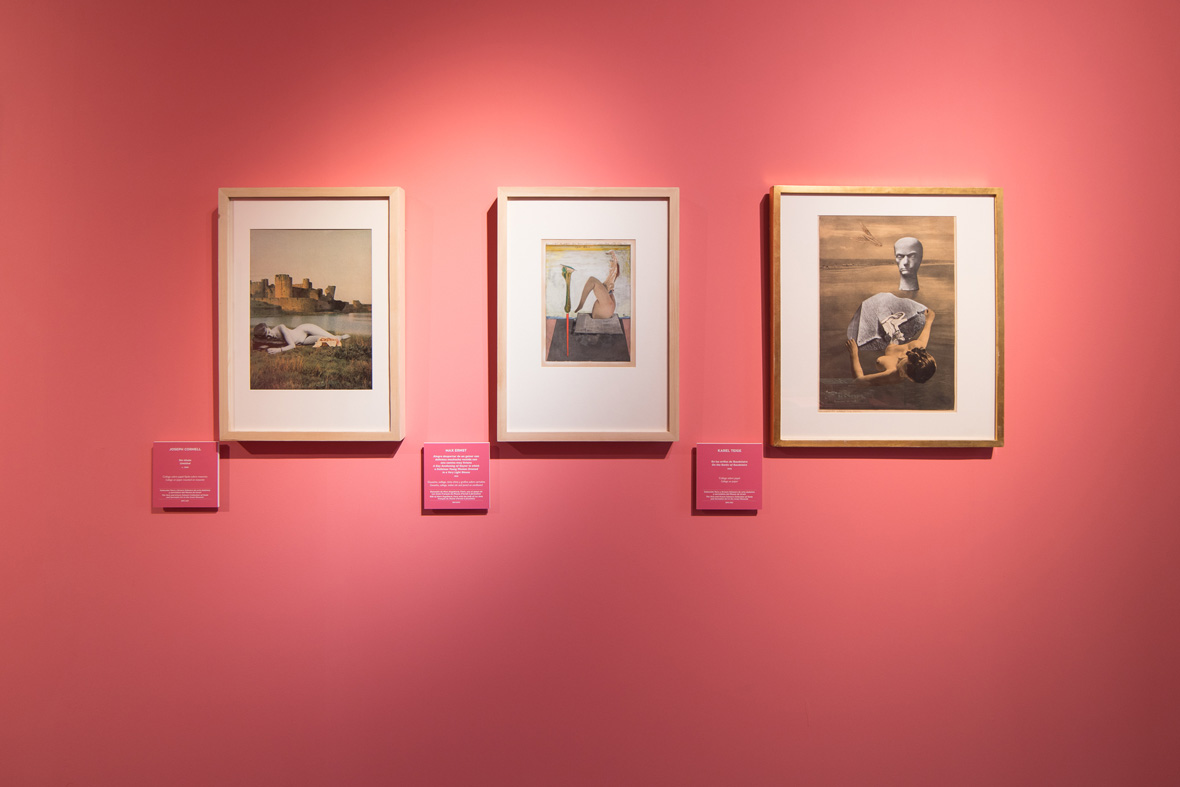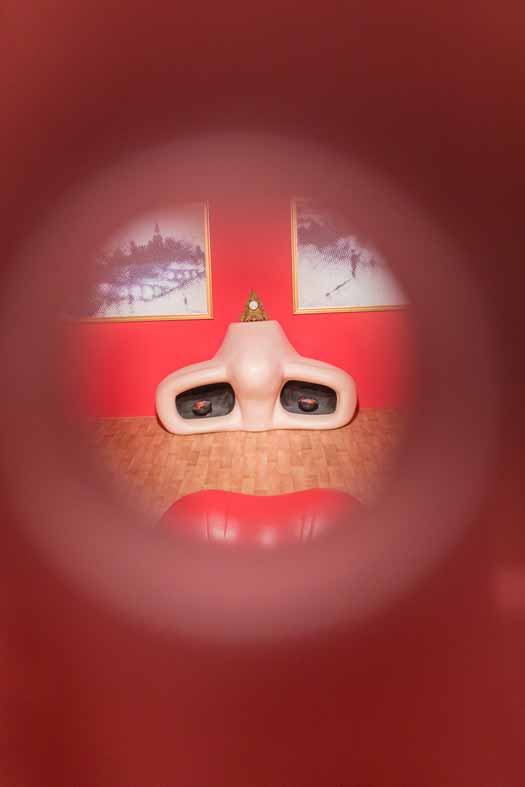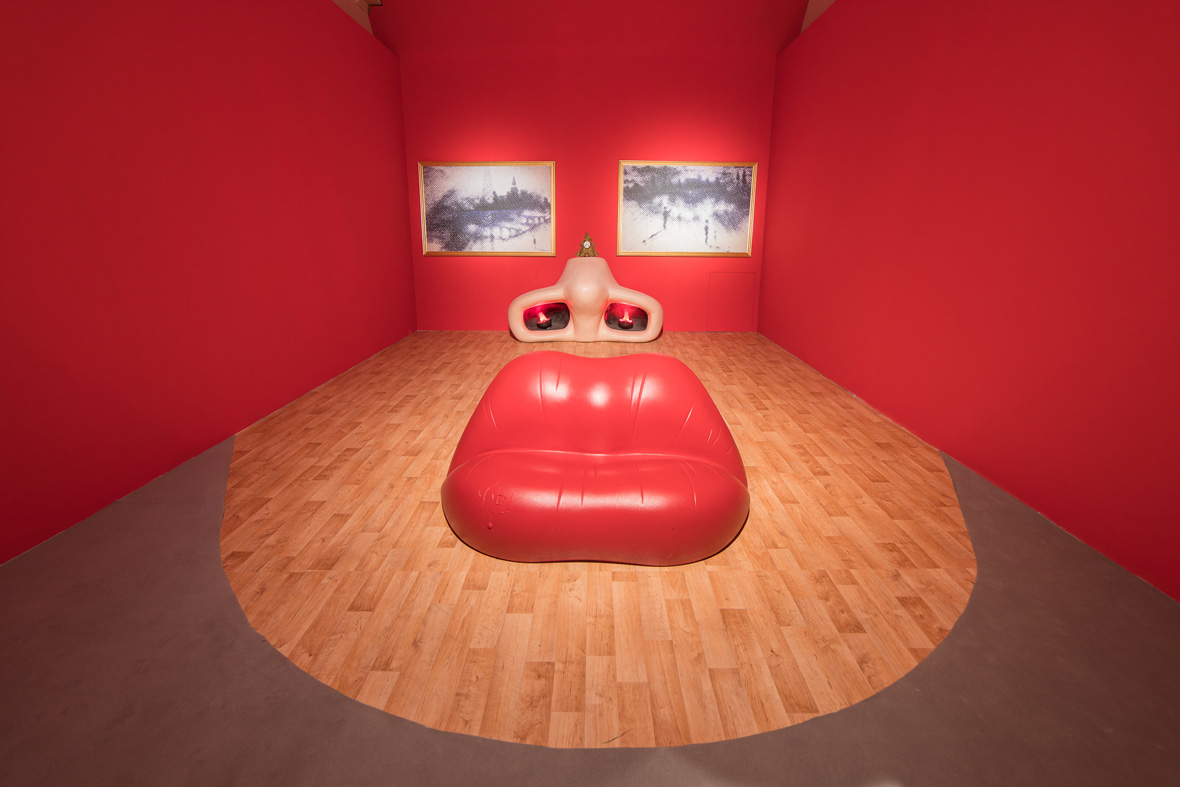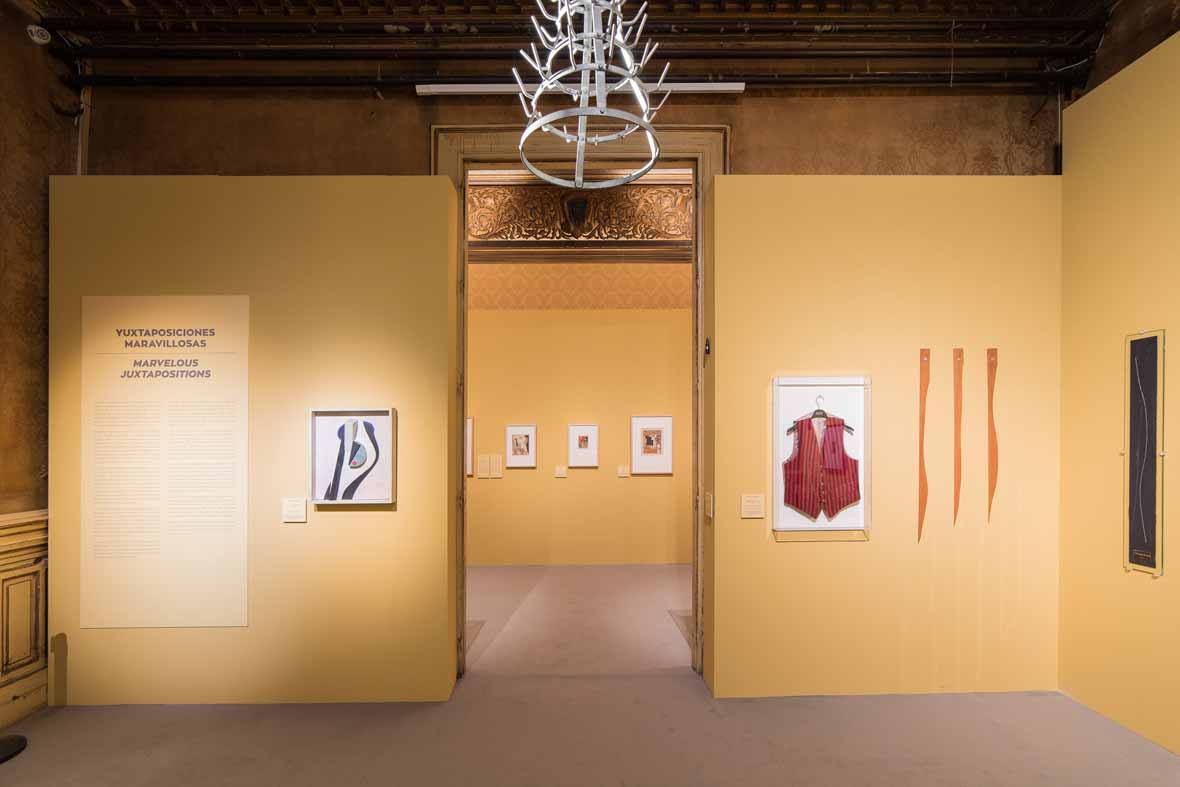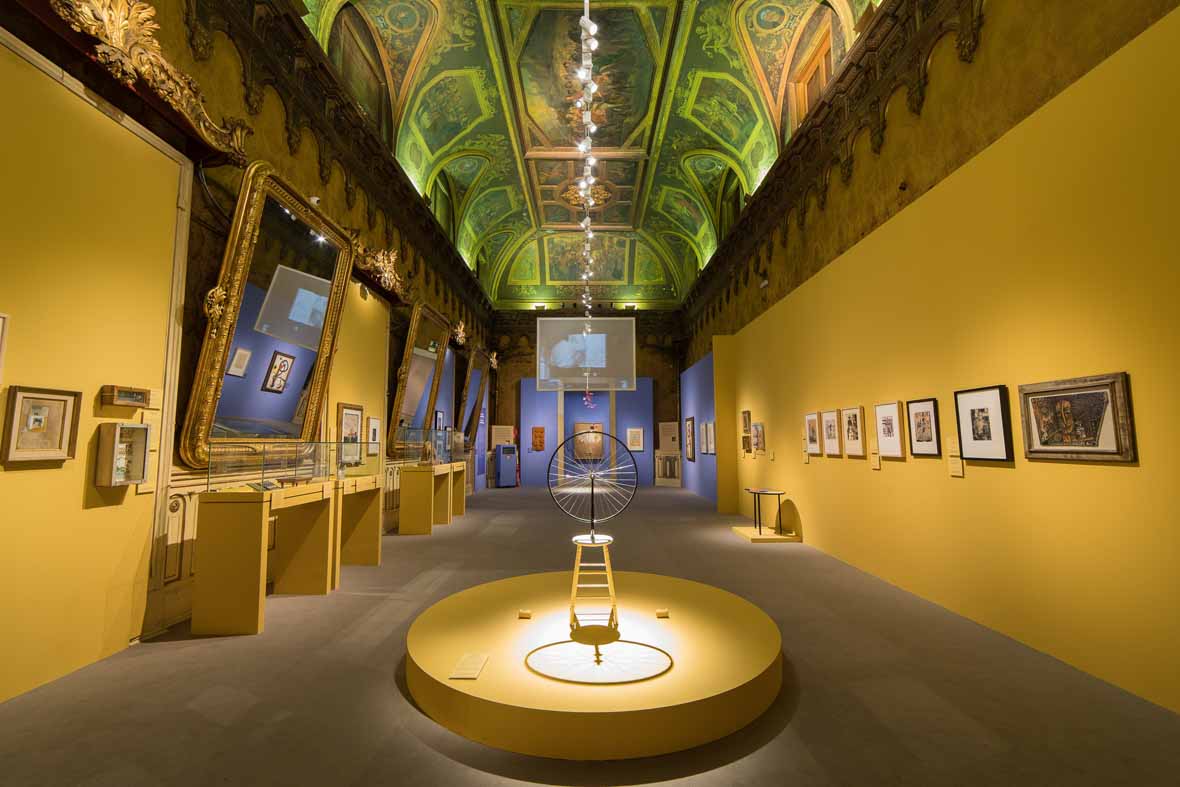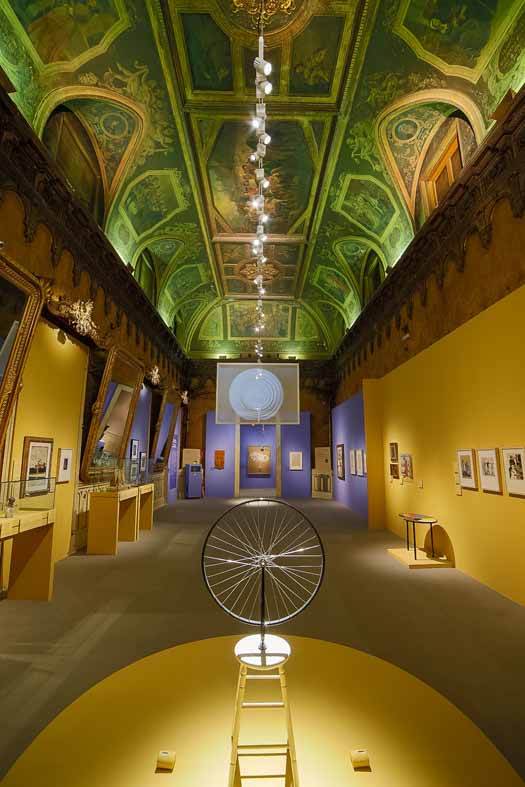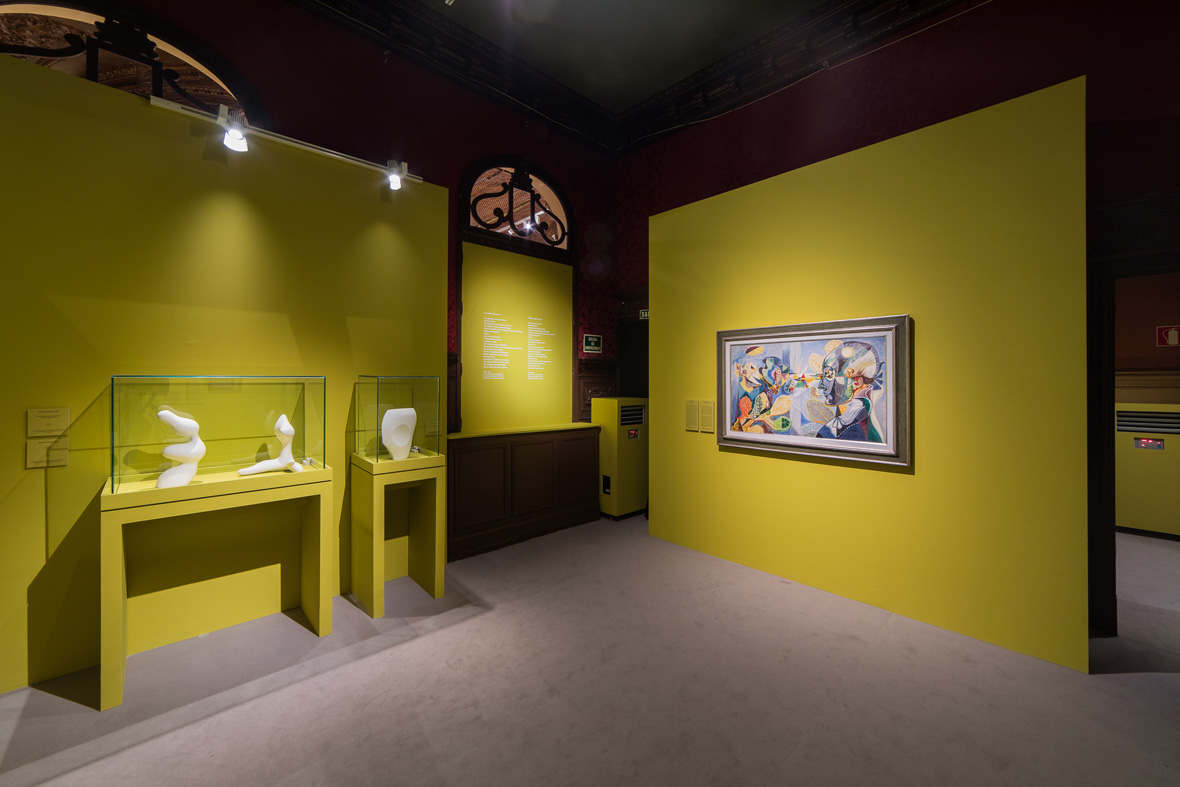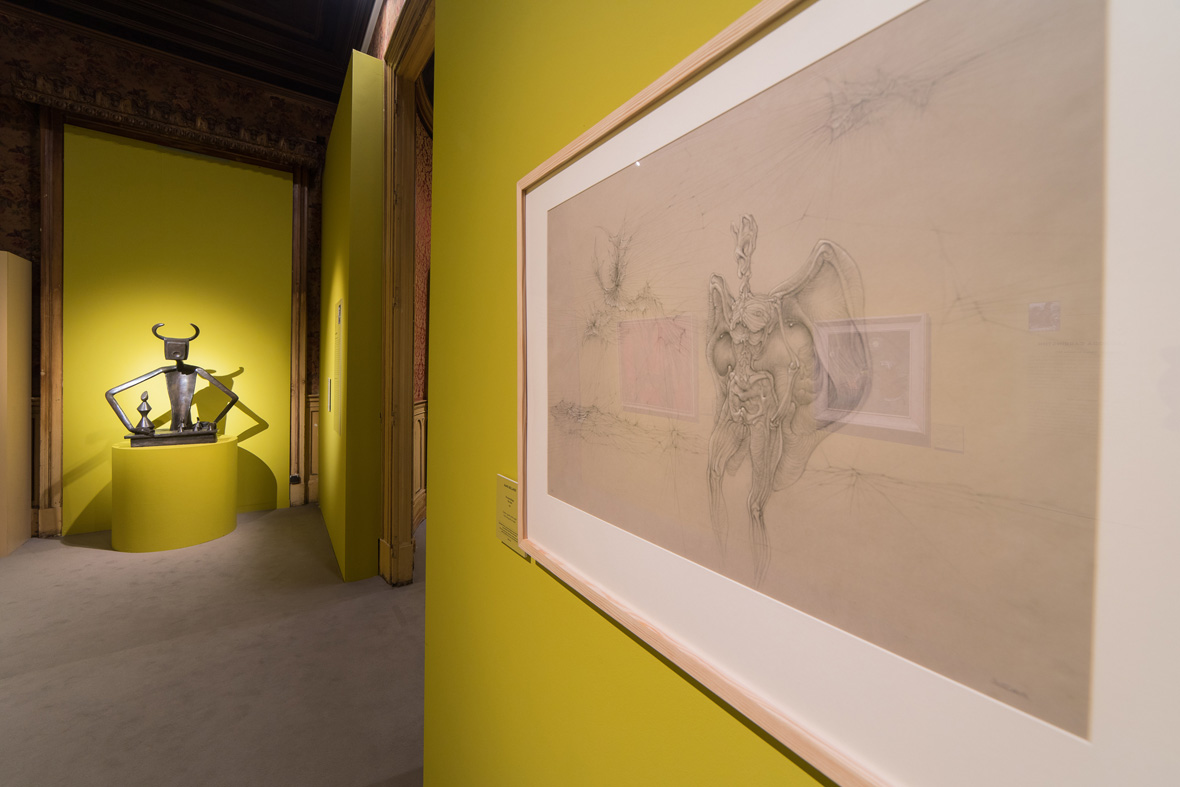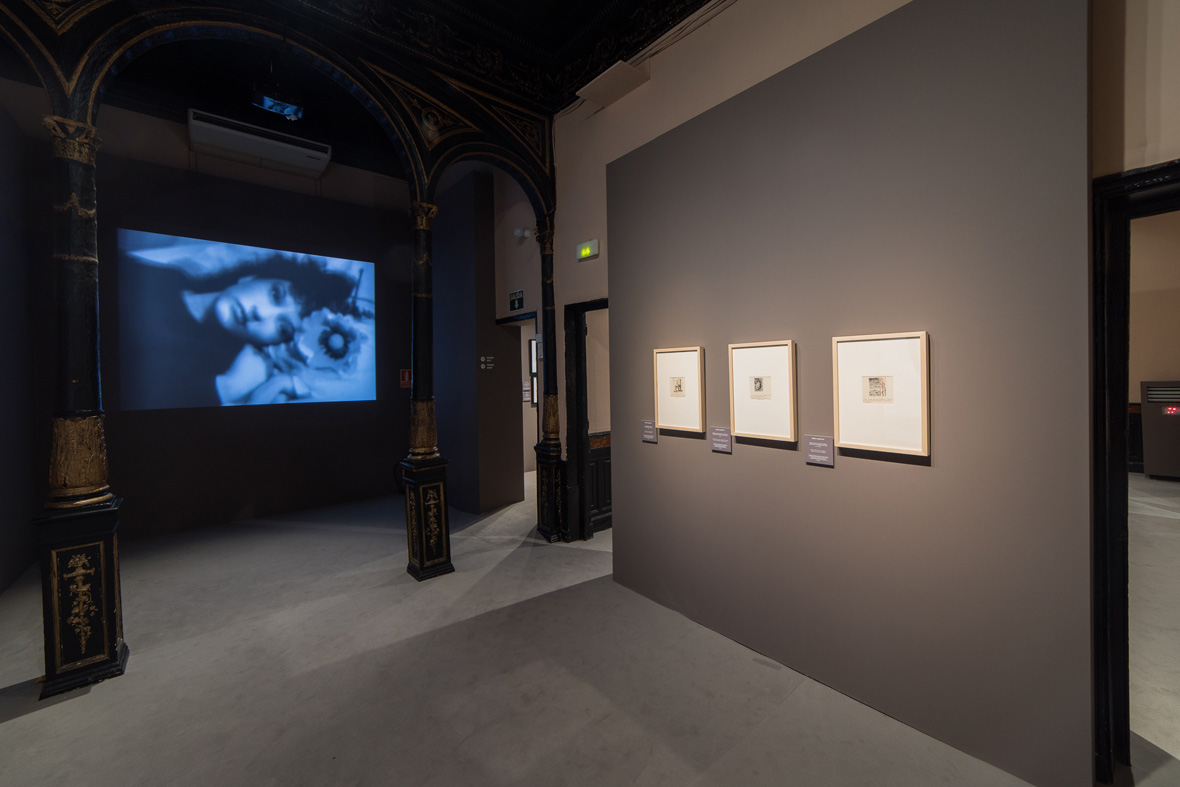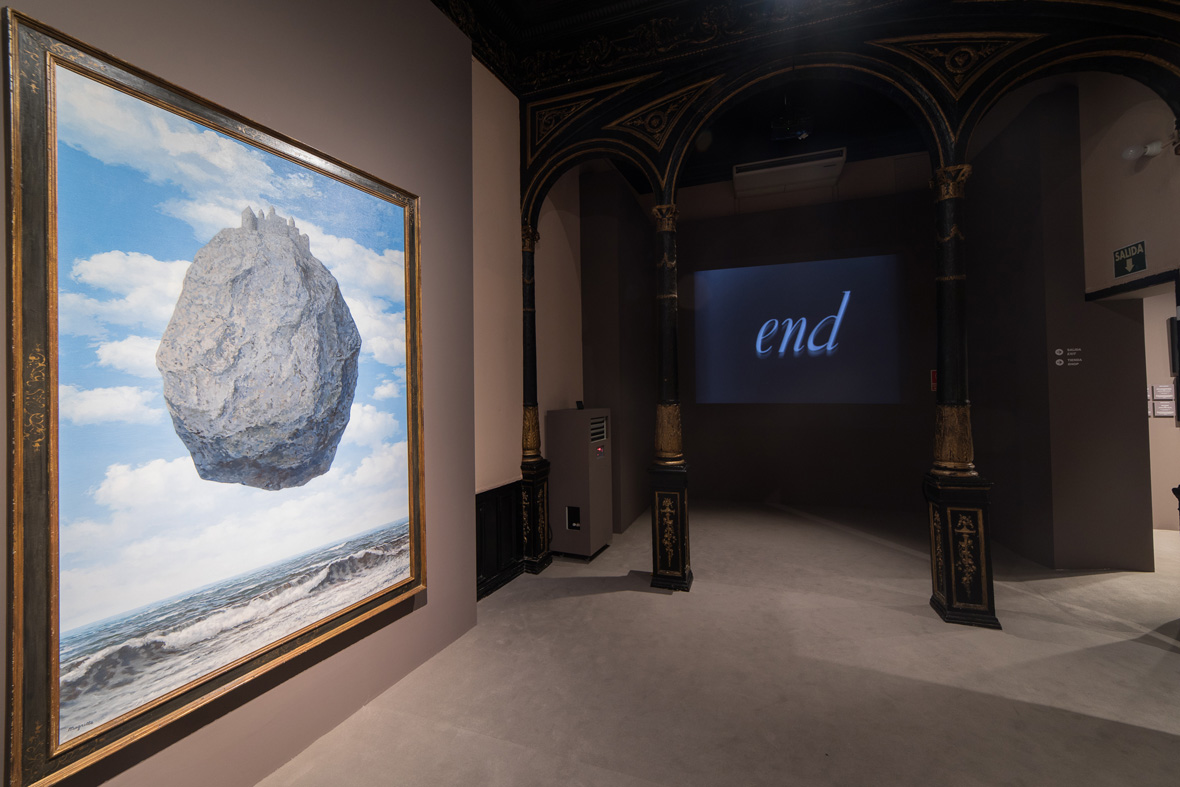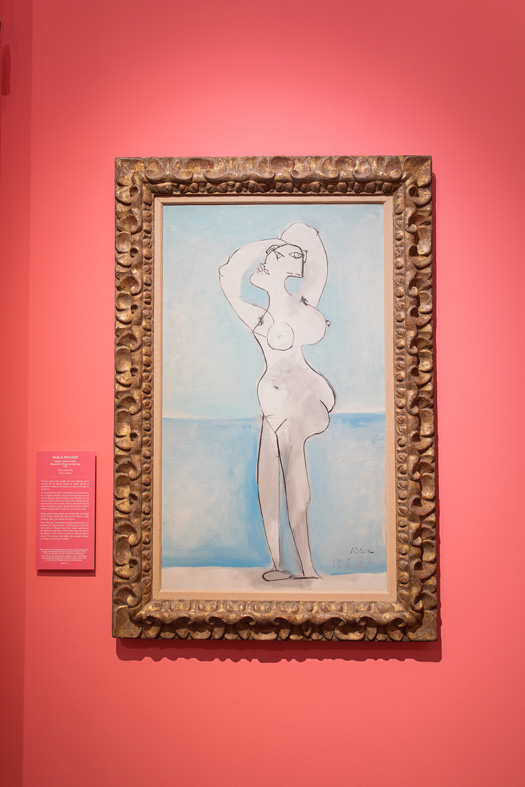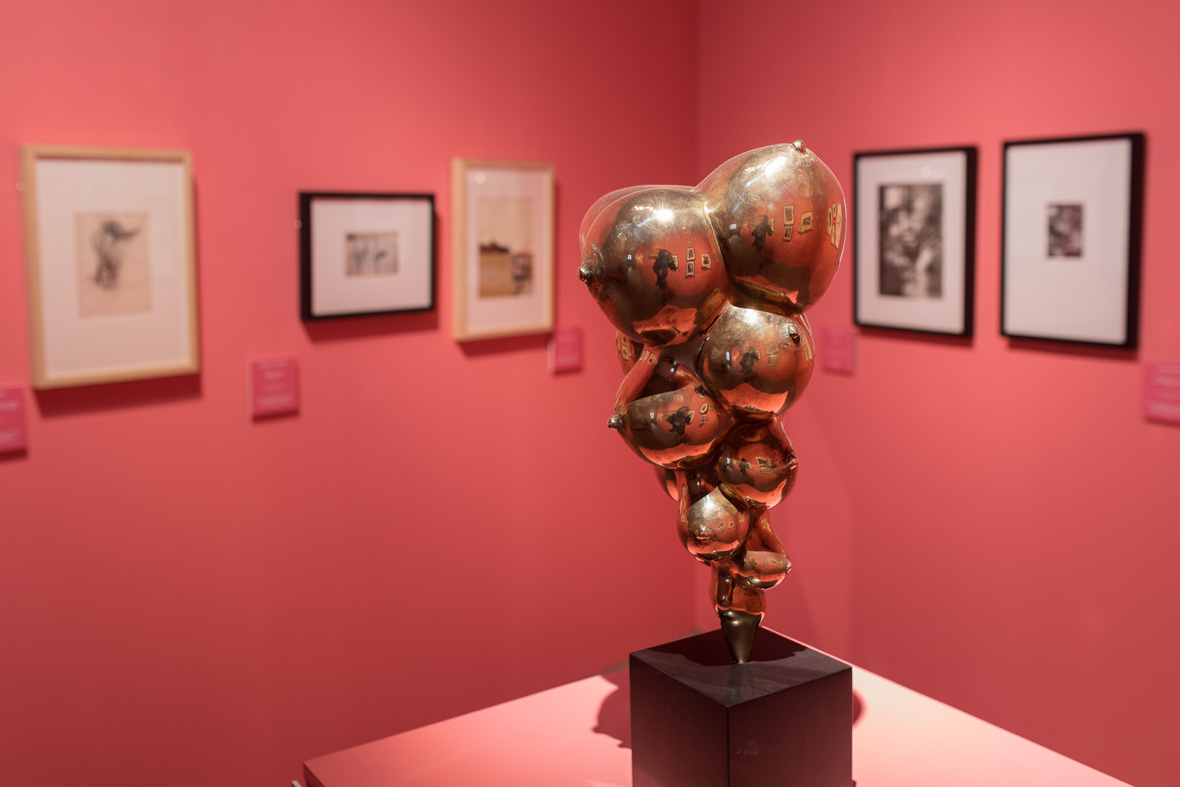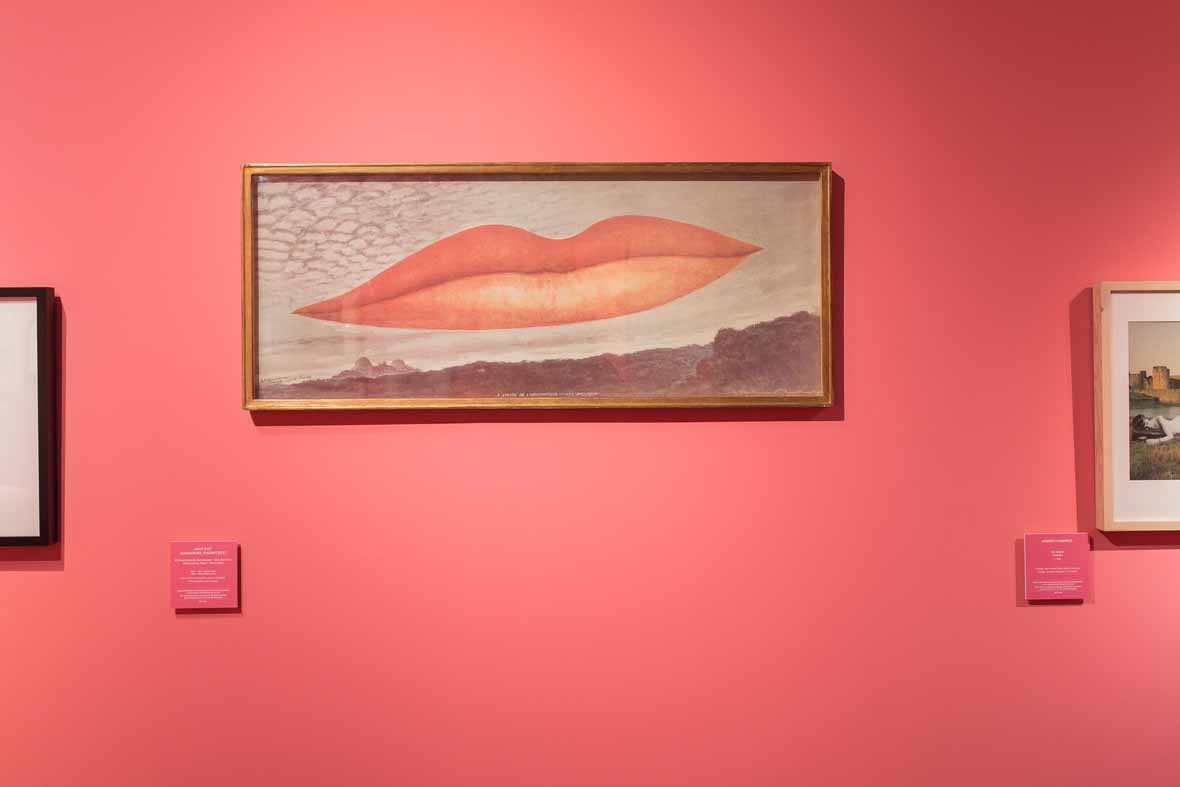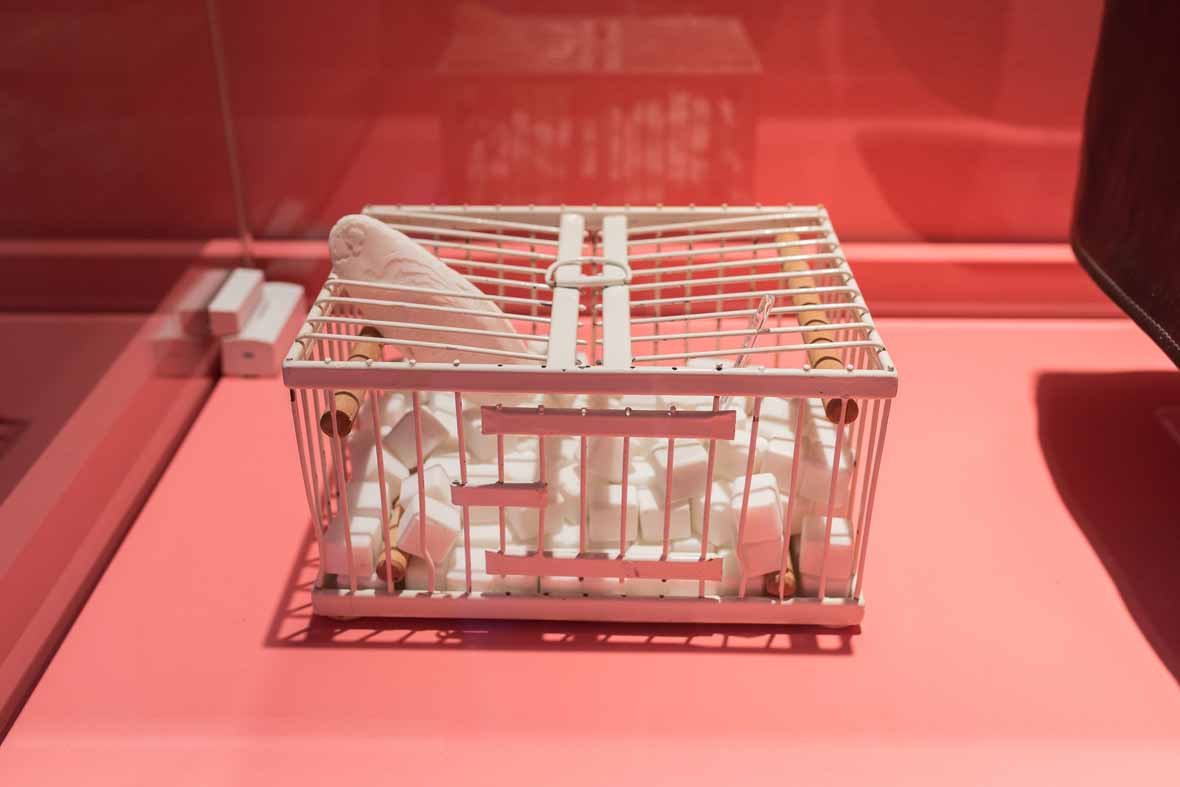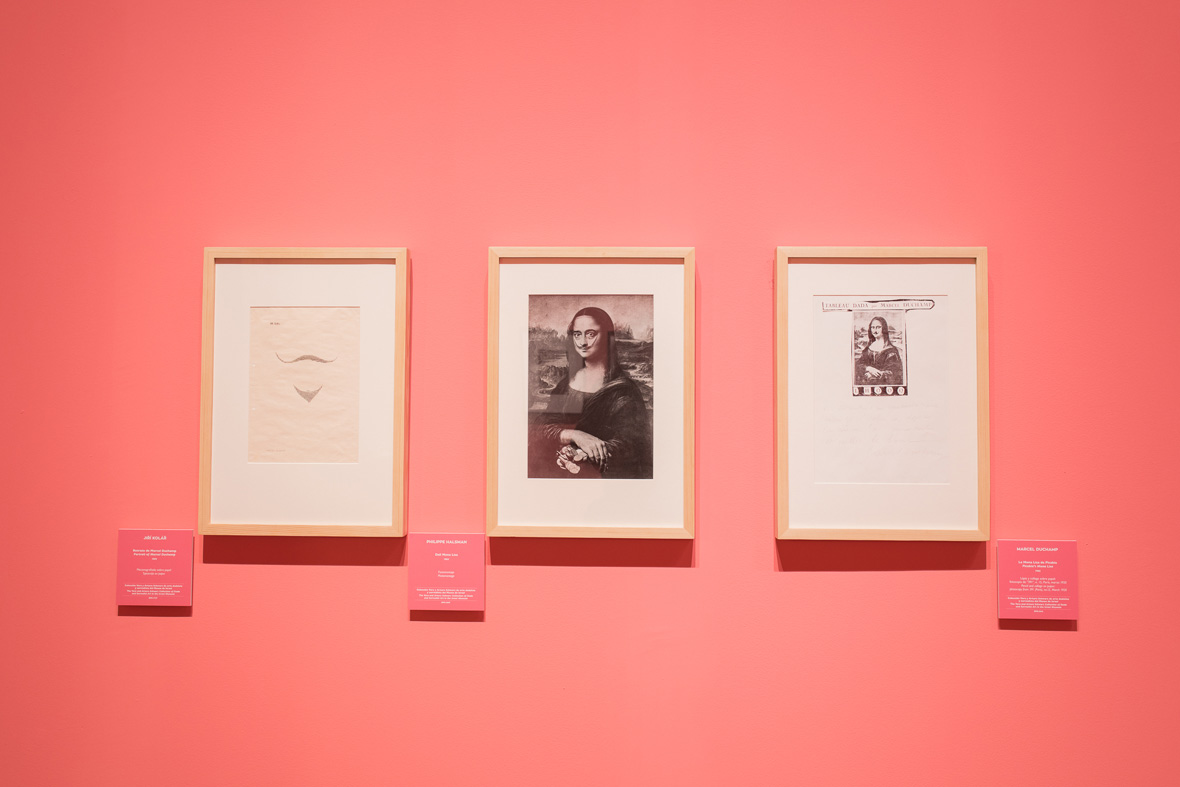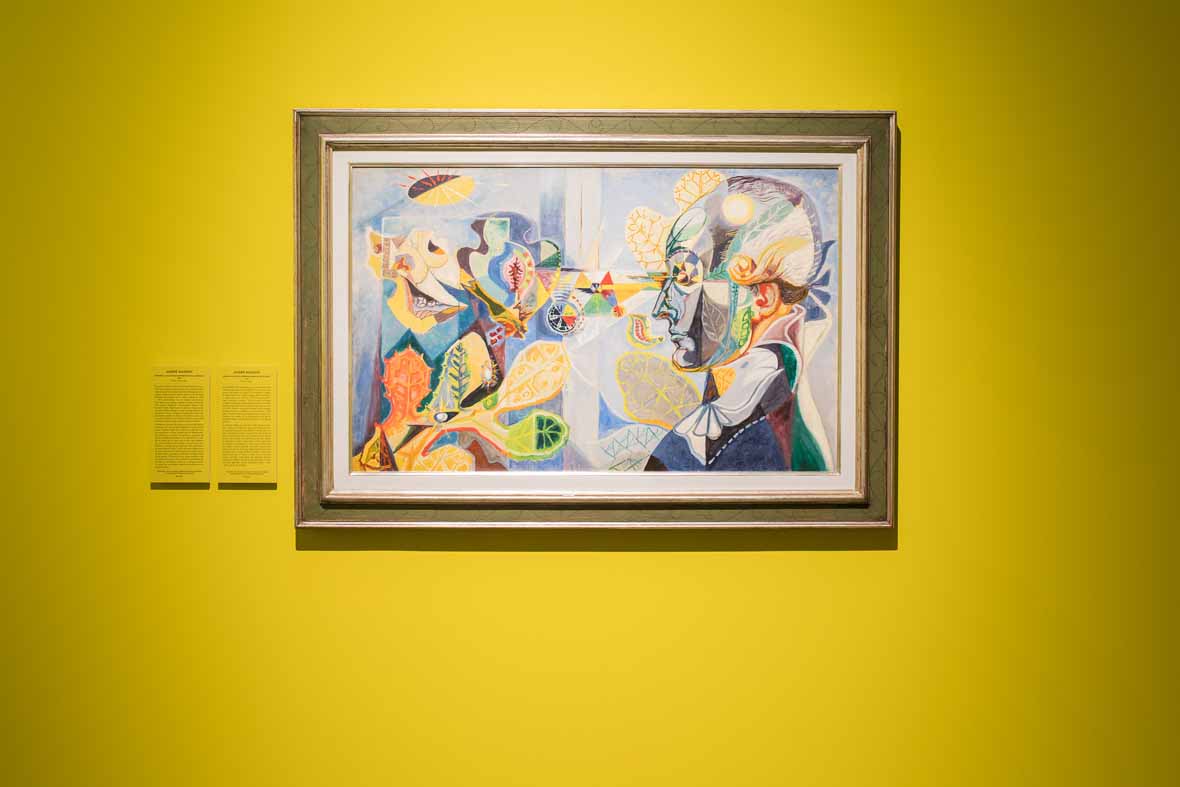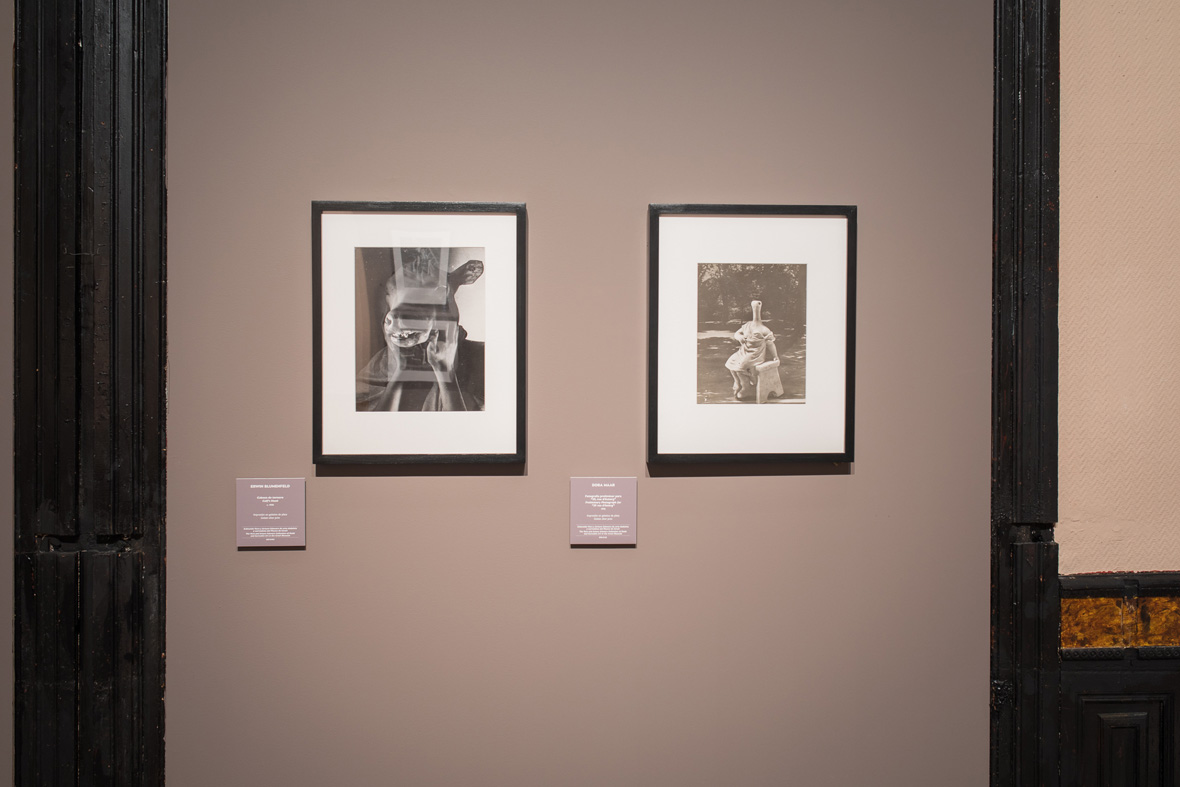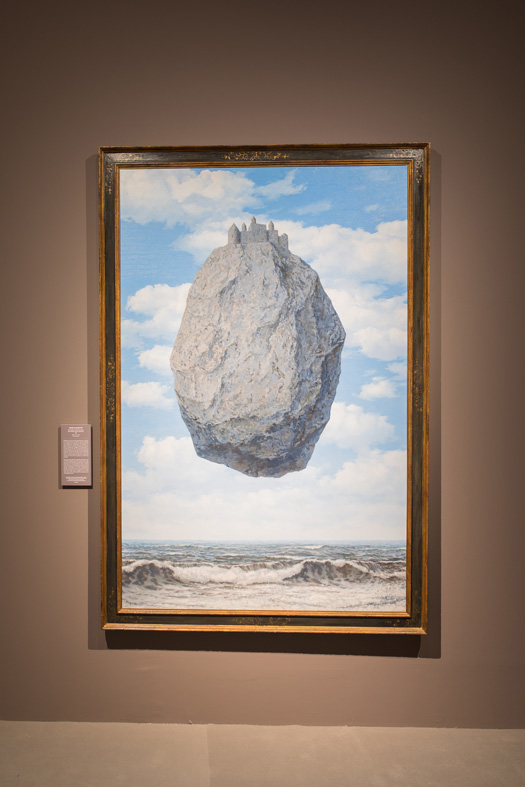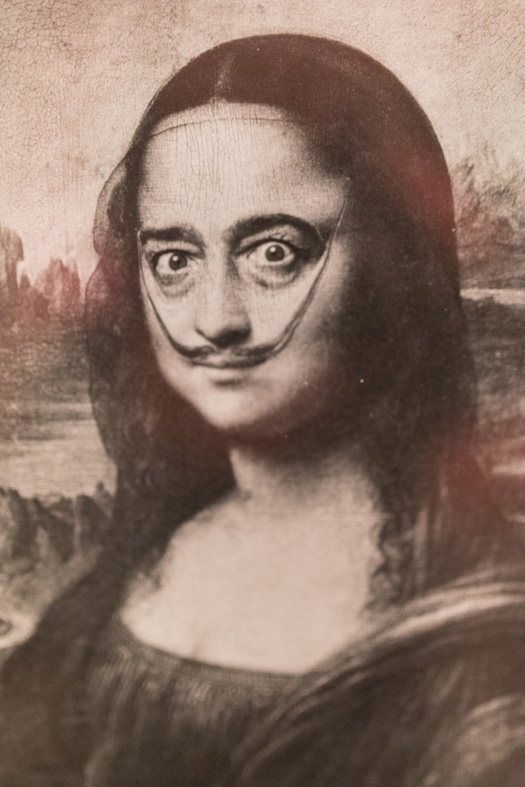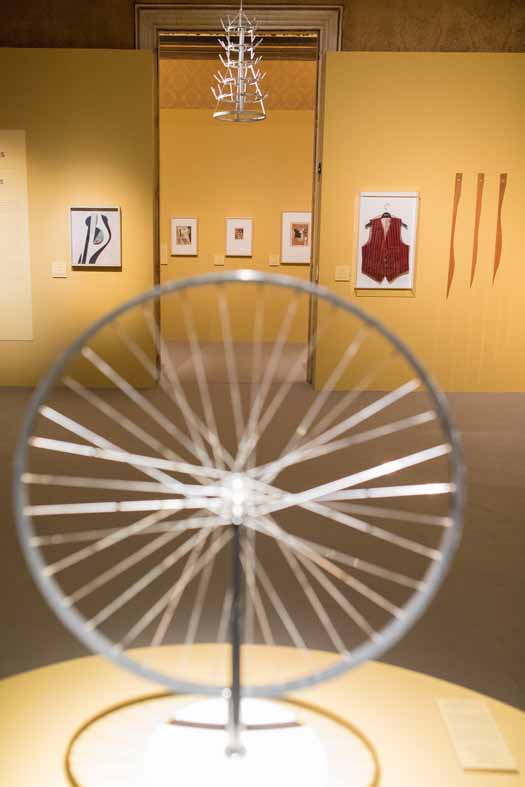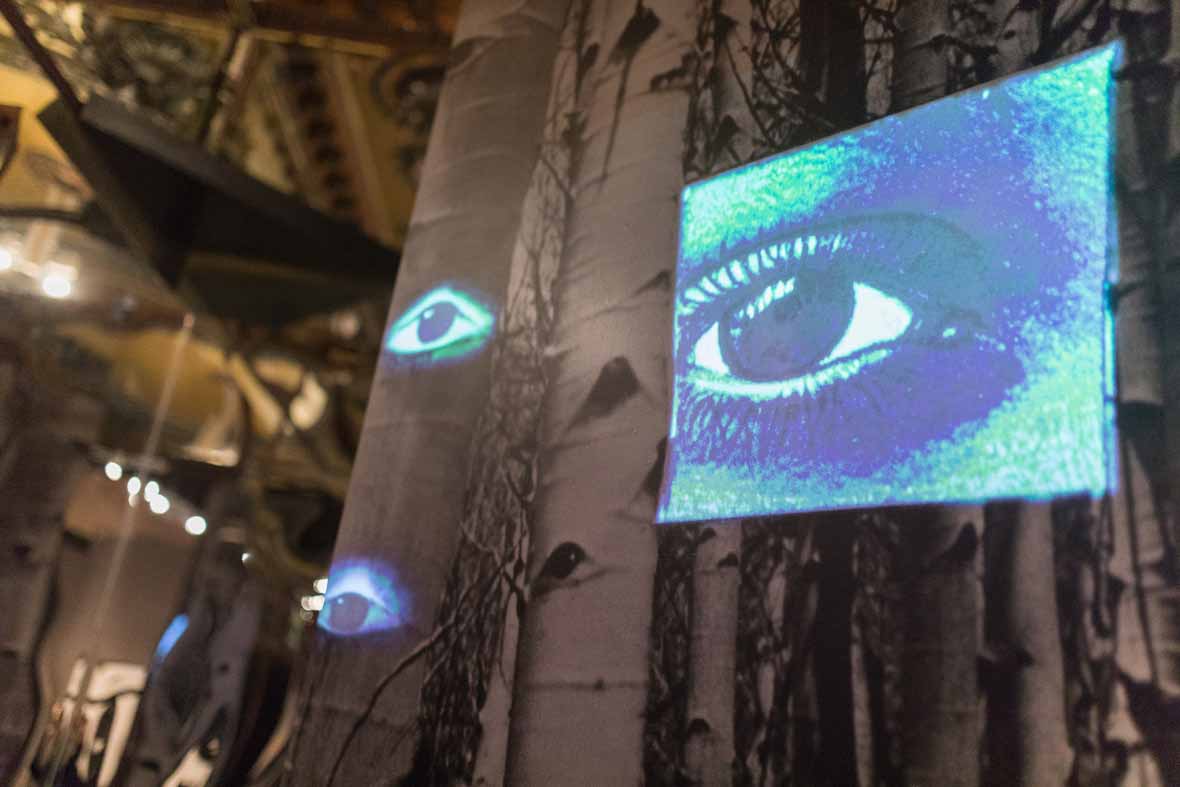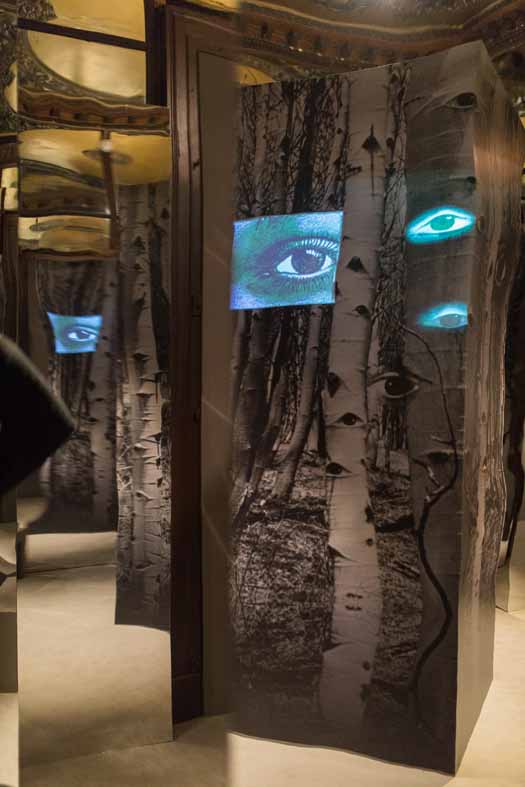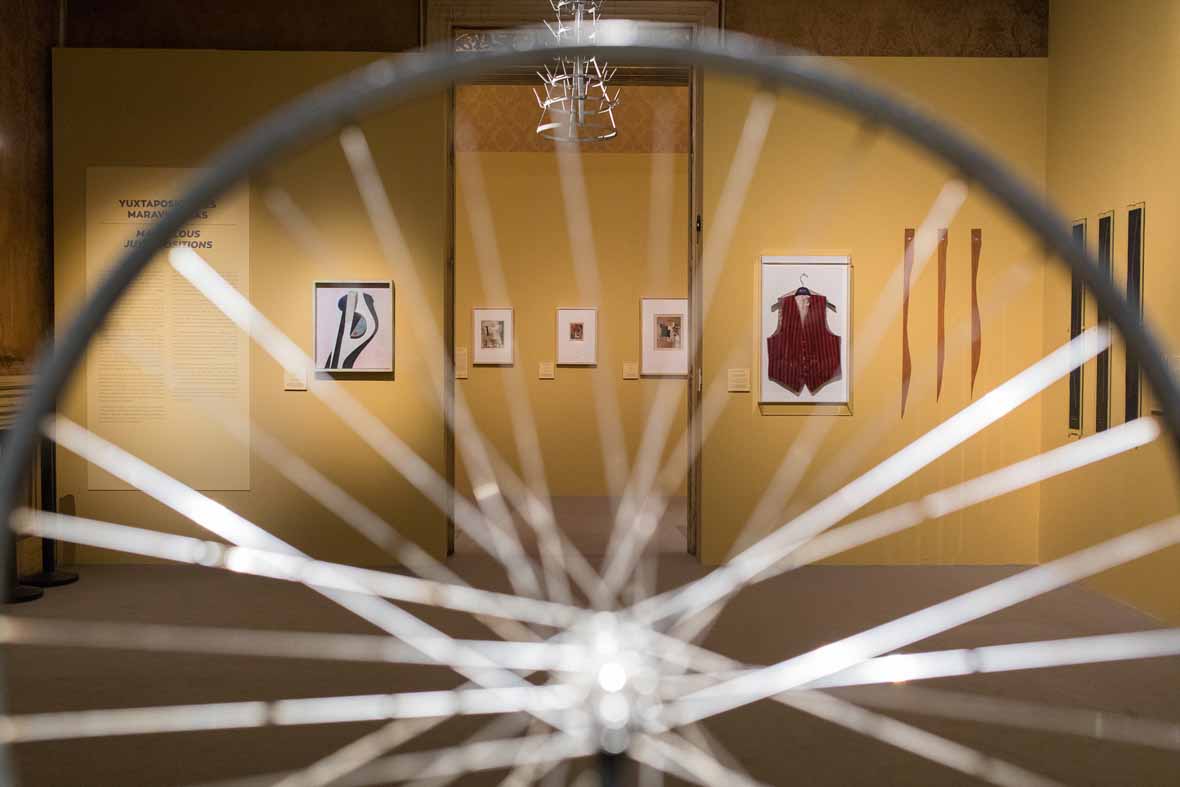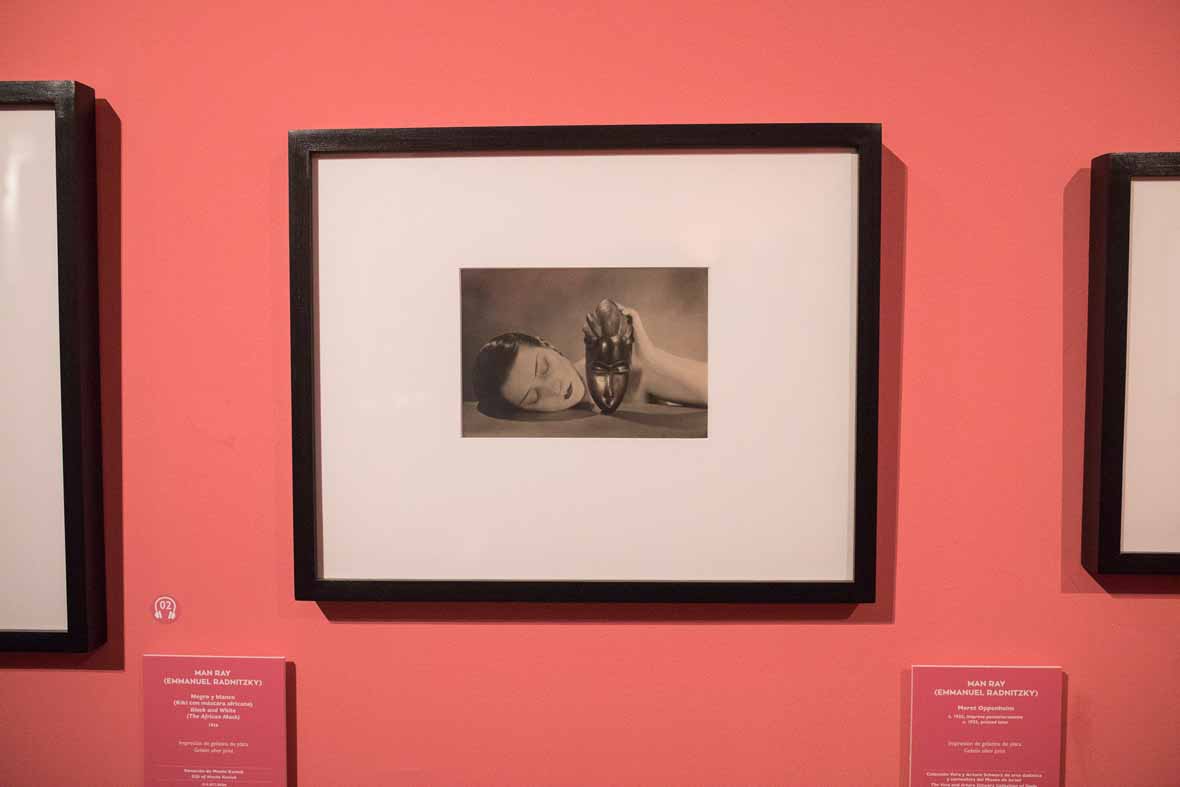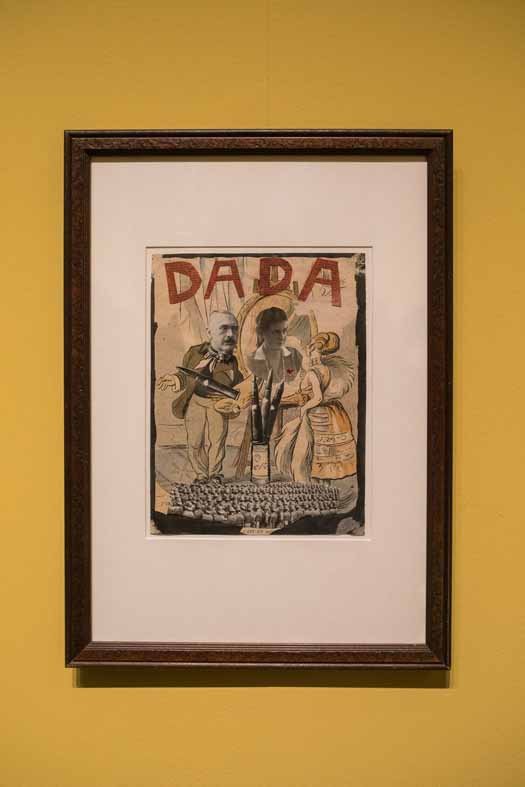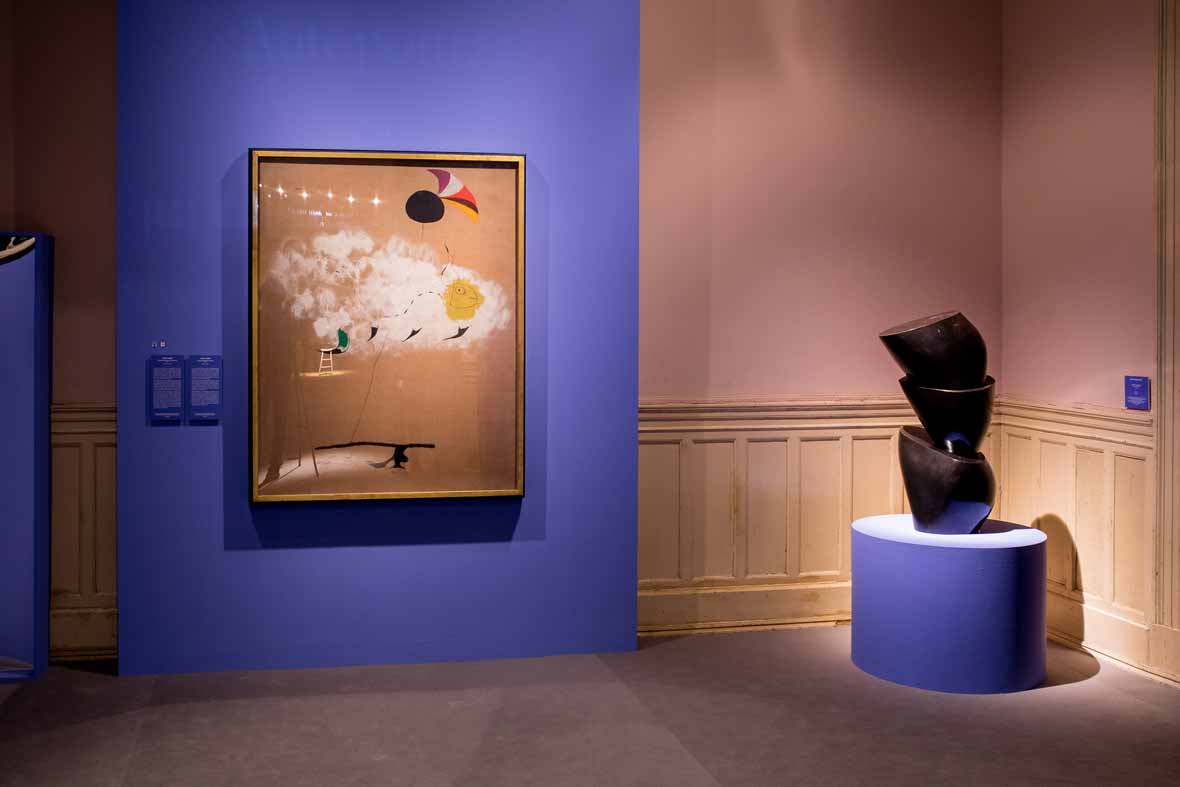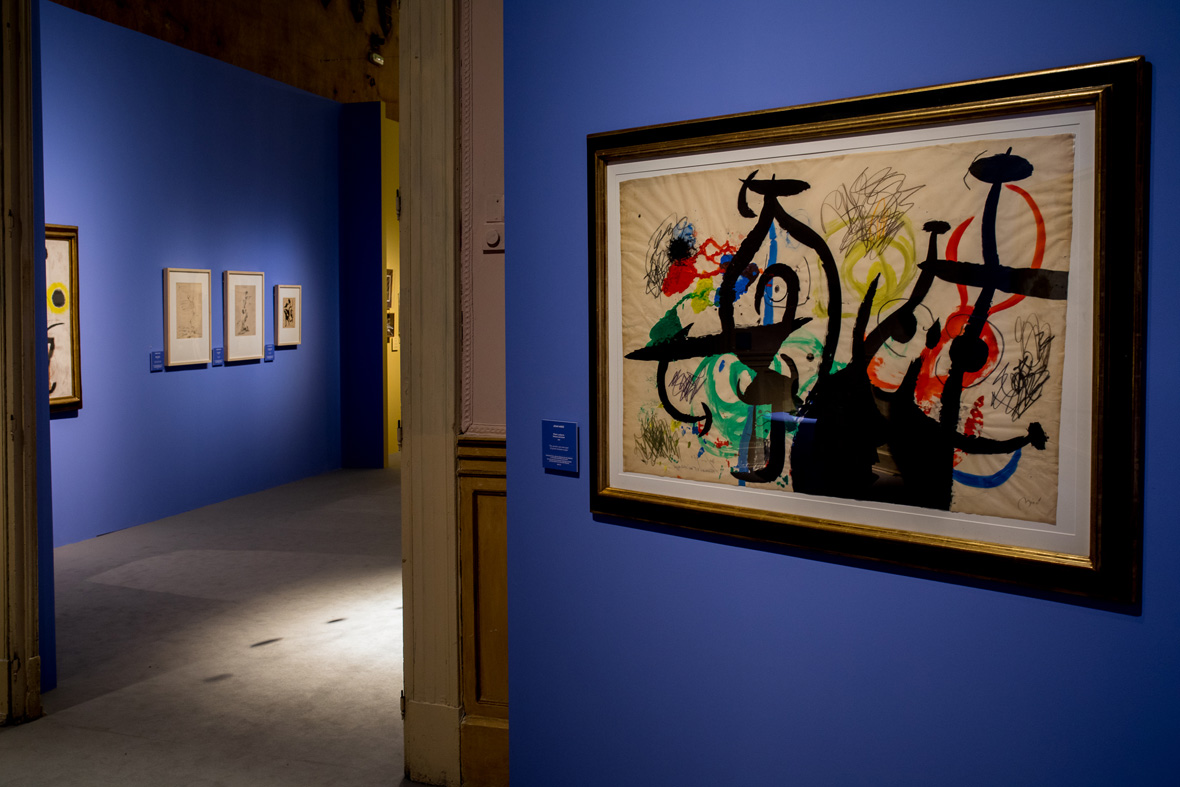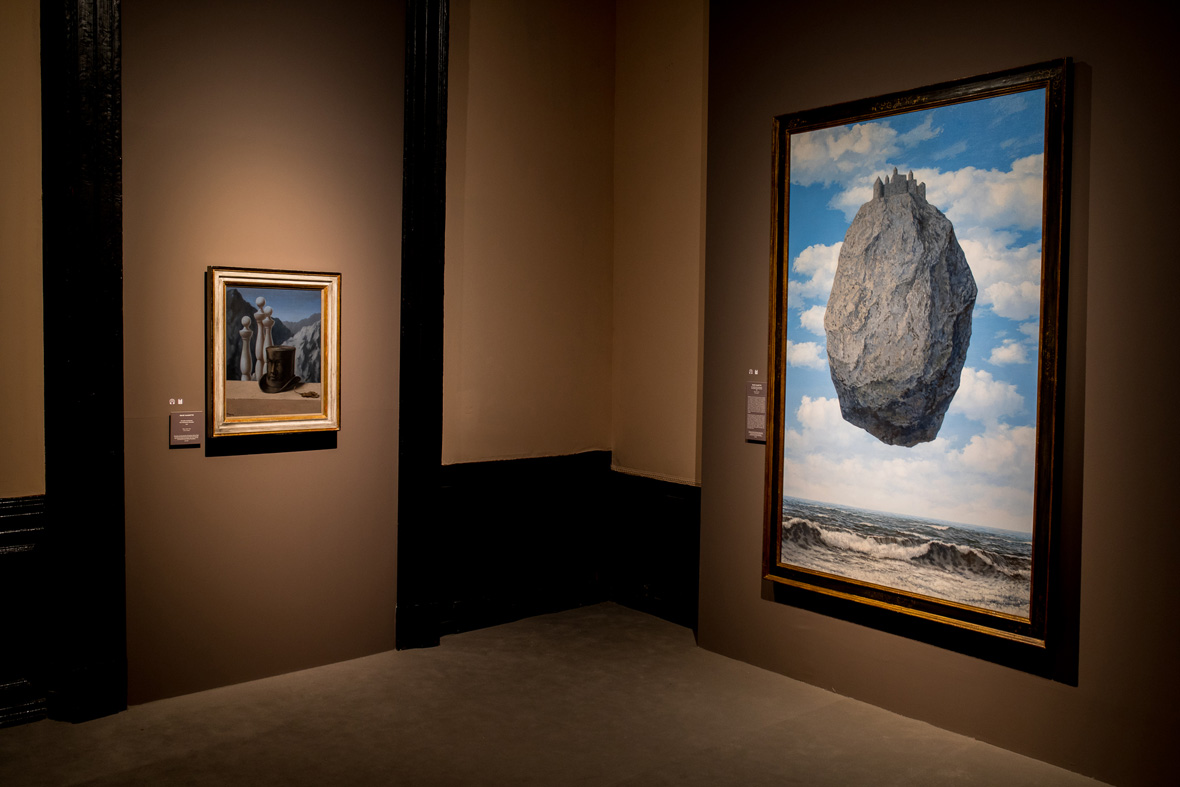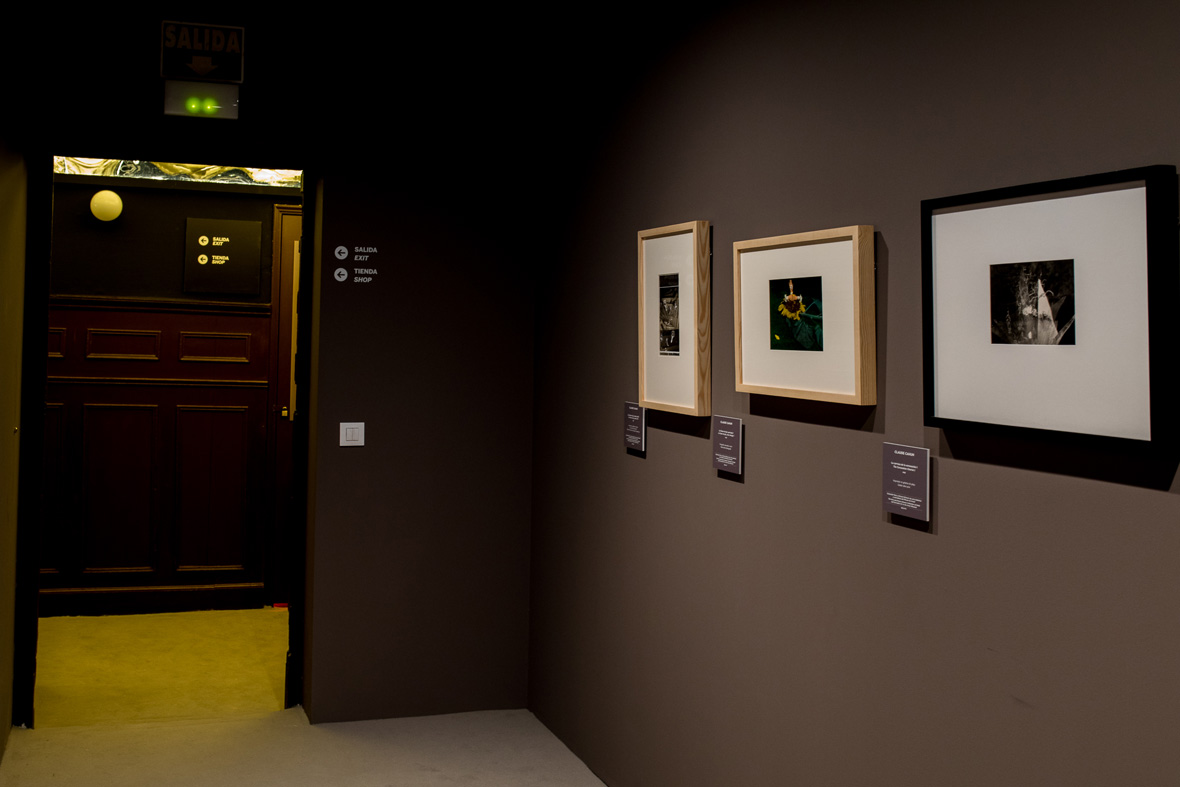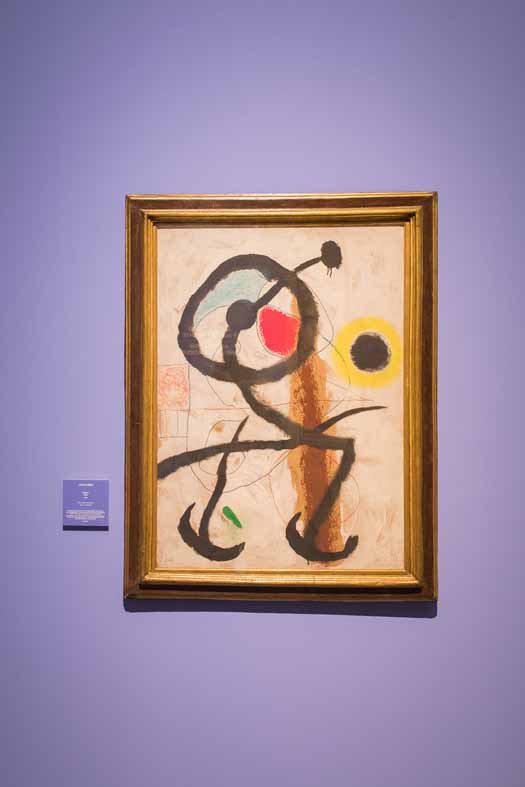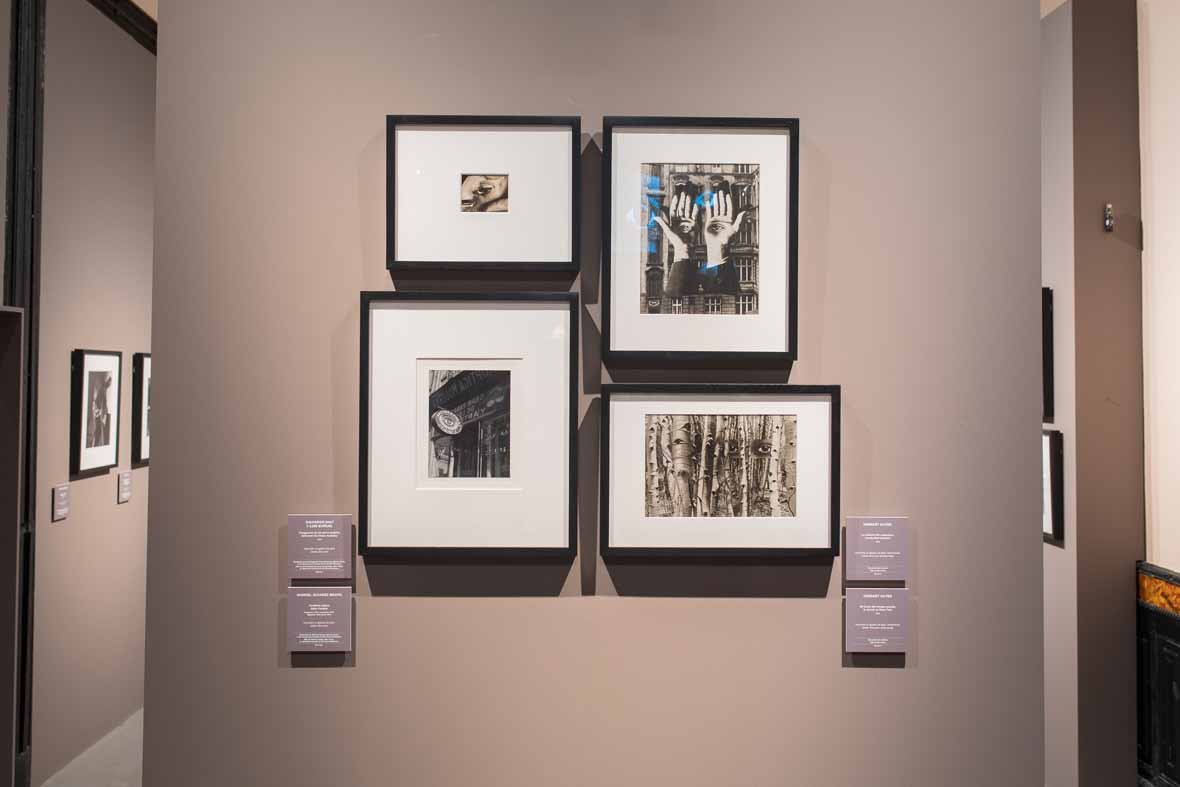“Art is either plagiarism or revolution,” Paul Gauguin stated at the end of the 20th century. This concept took 50 years to be disseminated beyond the limits of language research, giving rise to an overall perturbing experience through Dadaism and Surrealism.
Starting October 17th , at the Palazzo Albergati, the 20th - Rivoluzionari del XX secolo (20th-Century Revolutionaries)
exhibition will present one of the most shocking periods of art history, with artists of the caliber of Marcel Duchamp, Man Ray, René Magritte, Max Ernst, Francis Picabia, Kurt Schwitters, and Salvador Dalí: the elite of these two movements, along with the youngest but equally subversive, Jackson Pollock.A death-defying leap of the imagination, a bomb set off in the heart of Western art, ready to open unexpected breaches into other worlds: from the subconscious to the most prosaic objects of everyday life, and to cultures of far away countries.
180 paintings, sculptures, photographs, collages, ready-mades, and a series of valuable documents from the Israel Museum of Jerusalem will be on display.
A rare occasion to admire into contact with an incredible number of iconic works, such as Duchamp’s desecrating L.H.O.O.Q. or Magritte’s The Castle of the Pyrenees. But it is also an occasion to discover lesser-known works.
Therefore the ambiguous enigma hidden in the official name of the “Mona Lisa with mustache”, namely L.H.O.O.Q. – an impressive example of Marcel Duchamp’s love for wordplays – will be disclosed, as will the singular story of the floating stone in Magritte’s sky, whose former owner, New York lawyer Harry Torczyner, had hung in his office, like a window looking onto another the world. Something to admire instead of the unpleasant view of Manhattan.
Then we have Dalì’s eccentric Surrealist Essay, Duchamp’s ready-made Waistcoat for Benjamin Peret, Man Ray’s paradoxical Main Ray, the visionary world of Yves Tanguy, and also Picabia’s mechanical portraits.
Curated by Amina Kamien-Kazhdan and David Rockefeller, the exhibition is divided into sections dedicated to Surrealism and Dadaism, like “Illusioni e paesaggi da sogno” (Dreamy Illusions and Landscapes) or “Automatismo, biomorfismo e metamorfosi (Automatism, Biomorphism, and Metamorphosis), which intend to unveil the most disquieting hybridizations among man, the organic, and the inorganic. Finally, “Meravigliose giustapposizioni” (Marvelous Juxtapositions) surprises us with its photomontages, collages, and marvelous assemblies of objects, while “Desiderio” (Desire) explores the myth of women in its darkest forms, including Dalì’s renowned The Dream of Venus.

